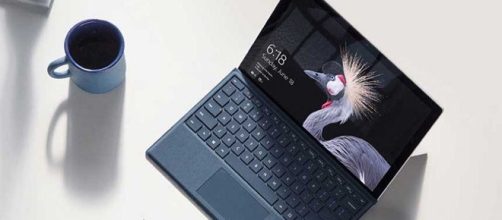Microsoft has enjoyed the success of its Surface Pro series and its latest one, the 2017 Microsoft Surface Pro, takes it up a notch. Flexible hybrid devices are slowly carving their niche, something most see as a serious threat to laptop users.
The obvious thing here is the flexibility. It can transform from a tablet to a notebook and vice versa. A lot of that is credited to the hinges. They account for the transformation process and hence the reason why they call it a laplet.
Fitting in
Folks who have been used to the traditional laptops will find it hard to transition to the Microsoft Surface Pro.
It could range from issues like stability, actual computing use and ease in use. The thing here is that like most devices, advancements and technology would require users to do the adjustments and not the other way around. But can it adhere to the needs a traditional laptop user does?
The Surface Pro does run on Windows 10, meaning it can run most common apps ranging from word processing down to a photo or video editing. Unlike the iPad Pro, it doesn’t require one to search for apps they can use which are compatible with the operating system.
Looking ahead, it may all boil down to functionality and how one can easily get used to it. Of the two, the latter may take some time to adjust to.
Easy to carry
The thing about laptops these days is that they are bulky to carry and transport. They could be a hindrance to users who find themselves plagued by a device heavy to carry around.
With the Microsoft Surface Pro, one can opt to bring it along without the keyboard. While most people would turn to tablets, the device can easily function via the touch screen route. If there is one area that would need improvement, it would be the apps available when in tablet mode. There are still limitations so it all boils down to the software engineering team to come up with apps on demand.
Aside from the technical specs, pricing would be an issue for most. Would it be a wise investment considering it costs a lot compared to a plain tablet?
Why not get accessories which can be connected via Bluetooth instead?
These may be petty issues but they are important for users, especially for the ones in need of a device for school or work. The hybrid device does come with lots of flexibility, a solution pegged to be the new standard for computing individuals in the future. It is slowly getting there though looking at its features right now, improvements could be minimal and up to people looking for something sensible.


